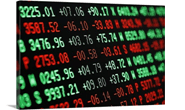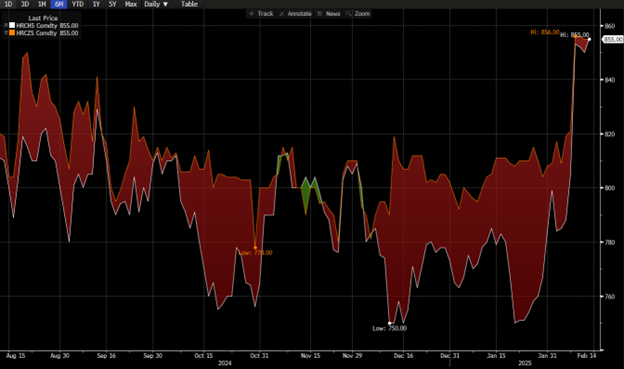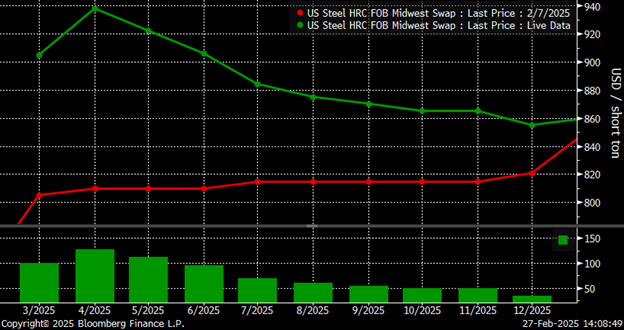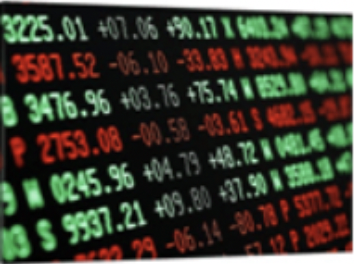Futures

HRC and scrap futures: Markets pop on hot steel and tariff headlines
Written by Mark Novakovich
February 13, 2025
It’s been an event-filled month in US ferrous derivatives markets since my last column for SMU.
There’s been no shortage of writings and musing about the ongoing steel and aluminum tariffs proposed by the Trump administration.
And steel and scrap futures markets have responded accordingly.
HRC futures
CME HRC futures prices have risen, and the curve has firmed. The February 2025 HRC futures contract, now in the pricing period, has added $47 per short ton (st) since its contract lows on Jan. 20 to settle at $767/st today.
Meanwhile, the March 2025 HRC has added more than $110/st since contract lows seen on Dec. 11 to settle at $856/st today. That’s correct: Contract lows for the March 2025 futures were seen just eight weeks ago.
The dramatic rally in March and forward futures positions reflect the one-month delay in tariffs previously announced at the of January. It also reflects the notion that administration is committed to enacting them.
Additionally, it’s well known at this point that mills have been raising their posted prices and are holding firm on pricing for spot physical tonnage. So, we’ve got mill price increases, looming tariffs, and cautiously optimistic demand from service centers. That has served to shift the momentum in the market to a noticeably bullish stance. The shape of the curve structure also indicates such.
While previously noting the trudging contango futures curve for most of 2024, the carry structure has virtually vanished. Some traders are even positioning for a backwardation structure.
The chart below shows the relationship between the March 2025 and the December 2025 futures contract. (You can click on it to expand it.) It illustrates the spread moving from a $70/st carry as of mid-December 2024 to settling virtually flat as of this writing. In fact, in today’s block market, a sizeable trade was placed valuing 2Q25 at an $8/st premium to 4Q25.

New market participants are thought to have entered the HRC futures complex recently, both commercial and financial types. That has happened as the broader metals industry has garnered significant attention from macro- and multi-strategy-minded traders who are seeing the headlines about tariffs.
Liquidity has benefited as a result. Open interest in the HRC futures complex stands at 640,000 st. Several days have seen more than 65,000 st traded.
Scrap futures
Scrap futures have similarly rallied over the past month. Ferrous scrap has been supported by the same tariff concerns. It has also been impacted by cold and inclement winter weather across the Midwest. The severe weather has raised truck freight rates and slowed down shipments. Additionally, sources have noted that some Canadian scrap tonnage remains sidelined.
The legacy Midwest No.1 Busheling has shown signs of life, with a mainly flat structure and 2H25 levels trading at $500 per gross ton (gt). That’s despite the contract being set to sunset at the end of this year.
Open interest has grown from lows seen in 3Q25 and now stands at 70,000 gt total. For the newer Chicago No.1 Busheling contract, open interest stands at 28,000 gt. Chicago futures are generally valued at a $10-15/gt discount to the Midwest futures.
Disclaimer
The content of this article is for informational purposes only. The views in this article do not represent financial services or advice. Any opinion expressed should not be treated as a specific inducement to make a particular investment or follow a particular strategy. Views and forecasts expressed are as of date indicated. They are subject to change without notice, may not come to be, and do not represent a recommendation or offer of any particular security, strategy or investment. Strategies mentioned may not be suitable for you. You must make an independent decision regarding investments or strategies mentioned in this article. It is recommended you consider your own particular circumstances and seek the advice from a financial professional before taking action in financial markets.
Mark Novakovich
Read more from Mark NovakovichLatest in Futures

HR Futures: Traders’ views mixed as market navigates tariffs
A look at the HR futures market.

Market pressures trigger HR futures reversal
Market dynamics are shifting rapidly, with futures pricing diverging from physical fundamentals, creating a complex landscape for steel traders.

HR Futures: Correction in market after big rally
Another eventful week in the physical and financial steel markets is coming to a close, but with a markedly different tone than the last update at the end of February.

HR Futures: Market drifts lower on light volume
Over the past couple of weeks, Midwest HRC futures have been drifting lower on light volume. This begs the question if the rally has run out of steam, or is it catching its breath after ripping roughly $150 in less than two weeks? The April CME Midwest HRC future made an intraday high at $976 […]

HR Futures: Uncertainty hangs over the steel market
Uncertainty has remained a dominant theme in the US ferrous derivatives markets over the past month. And the Trump administration's tariffs on steel and aluminum are still top of mind for market participants.
